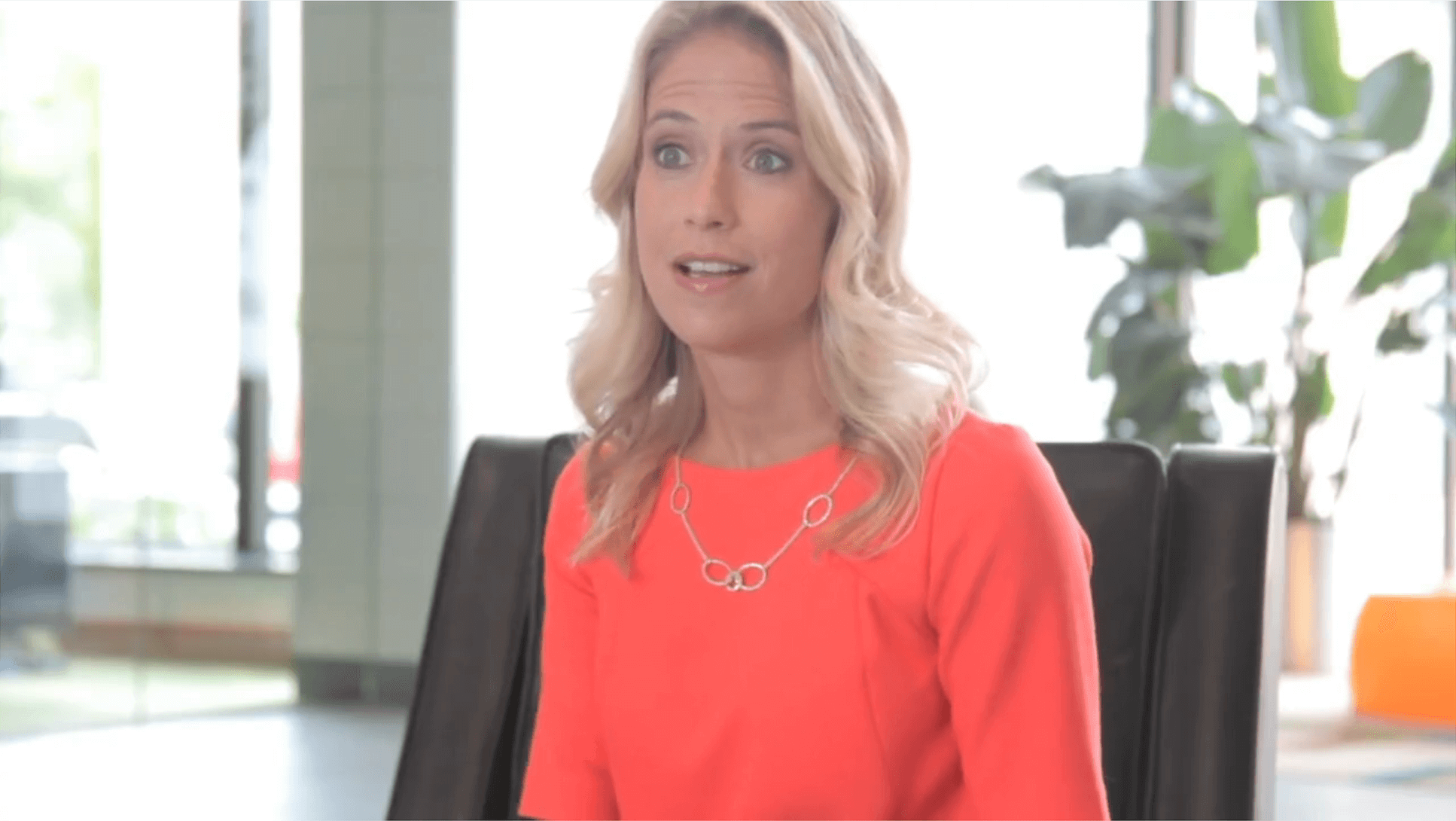Dressing for Success: What to Wear for a TV Interview or Video Shoot
In the dynamic world of television interviews and video production, your choice of attire is a crucial element that can either elevate or undermine your on-camera presence. Whether you're preparing for a TV interview or collaborating with a video production team, your wardrobe decisions hold immense significance.
If the question of what to wear for a tv interview has you stumped, don’t worry - we got you covered. Let's dive into the essentials of how to dress for a tv appearance and what to wear on camera.
Why Your Outfit Counts on Camera
In the world of television interviews and video production, what you wear is way more than just fabric. Here's why it's a big deal:
1. Visual Impact: TV and video are all about visuals. Your clothing can amp up the visual appeal, making you and your message more engaging.
2. Message Alignment: Your outfit should speak the same language as your message. It's a visual way of telling your audience who you are and what your brand is about.
3. Connecting with Viewers: The right attire helps you connect with your target audience. It should resonate with them and make your brand more relatable.
Dressing Smart for the Camera
Best Colors to Wear On Camera
The colors you choose can either enhance or hinder your appearance on camera:
Best Colors to Wear on Camera: Solid colors like blue, navy, gray, and earth tones are safe bets. They convey professionalism and look flattering on most people.
Avoid Neon and Bright Colors: Vibrant colors can create distracting glare on camera, making them less suitable for TV or video shoots.
Say No to All Black or Pure White: Pure white can appear too bright, while all black may lack depth on camera. Opt for off-white or shades of gray instead.
2. Outfit Choice: Dressing the Part
Your outfit should be chosen based on the nature of the interview and your role. Here are some general guidelines:
Business Formal: If you're discussing serious topics or appearing in a formal setting, opt for a suit or a blazer with slacks or a skirt. A tie is optional but can add a touch of professionalism.
Business Casual: For a more relaxed atmosphere, you can go for a dress shirt or blouse with slacks or a skirt. Avoid overly casual clothing like jeans and t-shirts unless it's appropriate for the context.
Avoid Busy Patterns: Steer clear of clothing with intricate patterns, as they can create a distracting moiré effect on camera.
3. Accessories and Jewelry: Less is More
Accessories should be minimal to avoid distracting the viewers. Here are some tips:
Jewelry: Simple, elegant jewelry is a good choice. Avoid jingling or noisy accessories that could interfere with the audio.
Glasses: If you wear glasses, make sure they are clean and free of glare. Consider anti-reflective coatings if glare is an issue.
4. Makeup and Hair: Grooming Matters
Makeup isn't just for women. Men, too, can benefit from subtle enhancements:
Makeup: Even out skin tone, reduce shine, and minimize imperfections. A matte finish foundation and translucent powder can help minimize shine on camera.
Hair: Keep your hairstyle neat and well-groomed. Control flyaways and frizz with hair products.
Additional Tips for a Successful TV Interview Appearance
1. Comfort is Key:
While it's essential to look good on camera, comfort should not be sacrificed. Uncomfortable clothing or shoes can affect your performance. Ensure your outfit allows for free movement and comfort during the interview.
2. Test Your Wardrobe:
Before the interview, do a camera test to see how your outfit looks on screen. This can help you identify any potential issues like wrinkles or color imbalances.
3. Avoid Wardrobe Malfunctions:
Double-check zippers, buttons, and seams to prevent any embarrassing wardrobe malfunctions during the interview.
4. Stay True to Your Brand:
If you have a personal or professional brand, make sure your wardrobe aligns with it. Consistency in your appearance can reinforce your brand identity.
5. Practice Good Posture:
Maintain good posture during the interview. Proper posture not only looks more professional but also conveys confidence.
6. Be Mindful of Microphone Placement:
If you'll be wearing a lapel microphone, make sure your clothing allows for easy attachment without creating noise when you move.
Final Thoughts
Dressing for a TV interview or video production shoot requires careful consideration of colors, outfit choices, accessories, makeup, and hair. Your appearance can significantly impact how your message is received, so it's essential to make deliberate wardrobe choices that align with the context of the interview and your intended message.
Remember that dressing well isn't just about looking good; it's about conveying professionalism, credibility, and relatability to your audience. By following these guidelines and paying attention to the details, you can ensure that your appearance enhances your TV interview and doesn't detract from it. So, next time you step in front of the camera, you'll be well-prepared to shine in every sense of the word.



